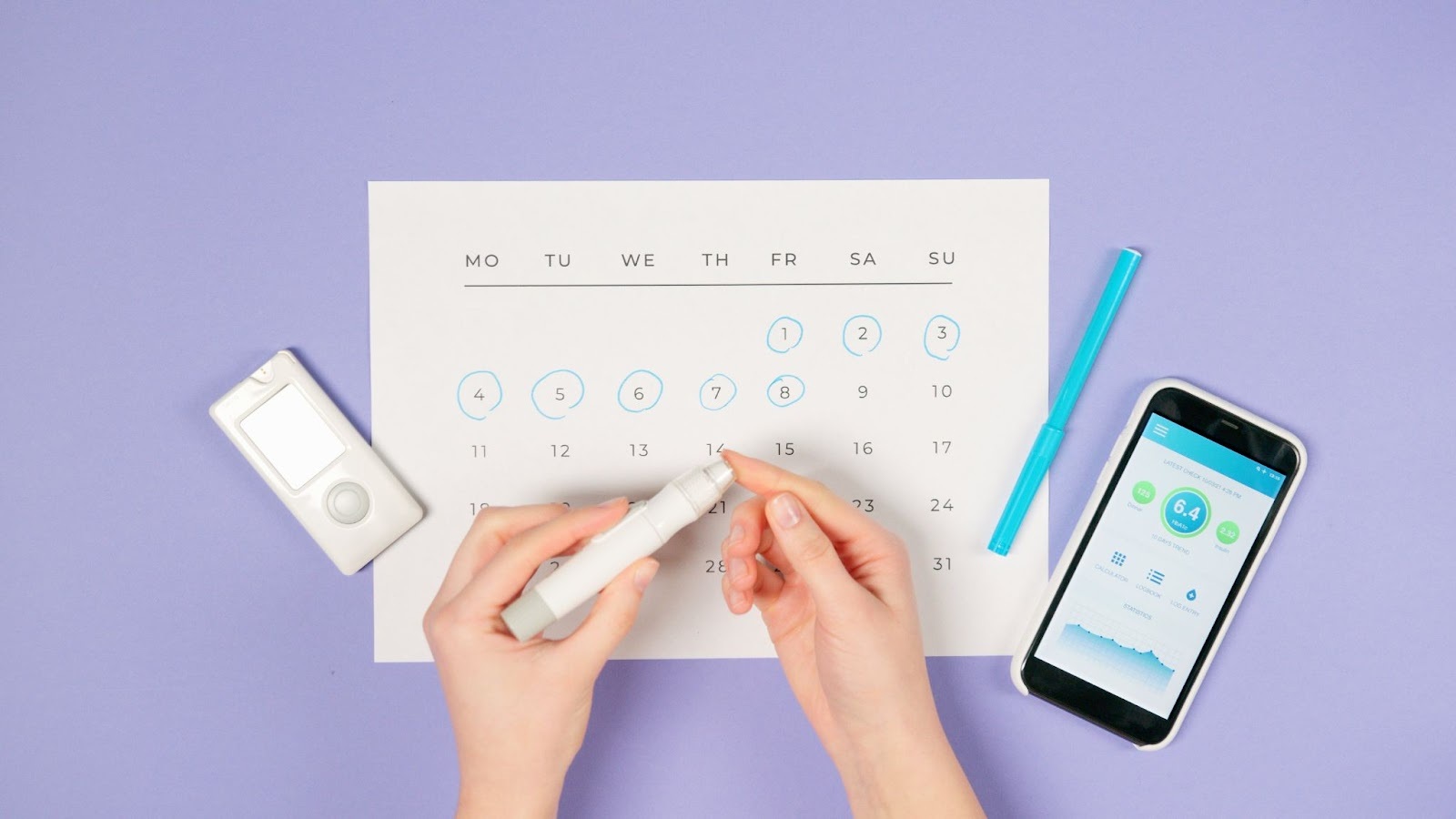Remote Patient Monitoring for Diabetes
Diabetes is often a chronic, serious condition that deserves consistent care and attention. But as much as healthcare providers might like to monitor their patients around the clock, doing so is challenging and, at times, impossible. However, remote patient monitoring (RPM) offers a viable solution. In fact, for many people with diabetes, remote patient monitoring is key to independence and long-term health.

What is Diabetes?
Diabetes mellitus is not one disease but a group of conditions affecting how your body uses glucose (blood sugar). Glucose is a key source of energy for cells throughout your body. It’s also the main source of fuel used by the brain.
When you eat food, your body breaks most of it into glucose and releases it into your bloodstream. As your blood sugar levels increase, your pancreas begins to release insulin. Insulin allows your body’s cells to let in blood sugar and use it as energy.
But when you have diabetes, your body either doesn’t make enough insulin on its own or can’t use it as effectively. This means too much sugar stays in your bloodstream, which can lead to long-term health problems like heart disease, vision loss, and kidney disease.
There are several types of diabetes. Chronic conditions include type 1 and type 2 diabetes. Meanwhile, potentially reversible conditions include prediabetes and gestational diabetes.
What technology is used to monitor Diabetes?
From glucose monitors to blood tests, there’s no shortage of technology and healthcare solutions to help providers monitor diabetes. Doing so is usually a joint effort between patients and healthcare providers. People with diabetes may need to check and record their blood sugar up to four times daily.
Some of the most common health monitoring devices and technology used for diabetes include:
- Glucose Monitors: These can help people who receive insulin therapy monitor their blood sugar levels continuously.
- Glucose Meters: Similar to yet simpler than glucose monitors, glucose meters measure blood sugar levels simultaneously.
- Insulin Pens: An insulin pen or syringe can inject insulin into the body.
- Insulin Pumps: These devices have a tube that connects a reservoir of insulin to a tube (catheter) inserted under the skin of your abdomen. They can be programmed to deliver specific amounts of insulin continuously and with food. Tubeless pumps that work wirelessly are also available.
How do you monitor a diabetic patient?
Keeping tabs on patient health data collected from health monitoring devices is one way to track a patient’s condition. However, this information may not be accessible at all times. It also doesn’t necessarily help you see long-term trends or changes.
That’s why, in addition to daily blood sugar monitoring, people with diabetes generally are asked to participate in regular A1C testing. These blood tests measure their average blood sugar levels for the past 2 to 3 months. A1C testing can help providers understand how well a diabetes treatment plan works.
RPM for Diabetes: Challenges and How to Overcome Them
Diabetes is usually a chronic condition that requires long-term treatment. But, providers can’t be present daily to assess patient needs and progress. Likewise, people with diabetes living in rural areas or with limited access to transportation might not be able to access the care they need before things worsen.
That’s where diabetes remote patient monitoring (RPM) solutions can help. RPM helps providers treat and monitor patients from afar, limiting the need for more serious medical interventions or hospital visits.
A plan for RPM for diabetes may feature home monitoring devices like a personal glucometer or insulin delivery. It might also include steps to help patients follow a diet plan, exercise routine, etc. However, there are some challenges to consider when implementing RPM to ensure your patients are set up for success.
Challenge 1: Lack of Resources
Access to diabetes remote monitoring devices can be limited, which makes timely intervention and open communication challenging. Patients usually don’t bring any experience with healthcare monitoring equipment to the table. It’s understandable that many patients don’t feel comfortable managing RPM independently.
The Solution: Take the time to educate patients on RPM for diabetes, how it works, and what their role will look like. Choosing user-friendly RPM platforms that your patients can easily navigate is also wise. You may even want to consider hosting information sessions to give patients the confidence they need to use RPM effectively.
Challenge 2: Time and Effort
Bringing diabetes remote patient monitoring devices to your practice can take a lot of effort and precious time. Plus, reviewing patient needs and creating RPM plans is no small feat. Likewise, checking on several patients regularly and being available around the clock isn’t possible for every practice.
The Solution: Work with RPM experts who can help you get the ball rolling effectively. Trust RPM providers who can help you manage communication and provide timely intervention, even if you’re unavailable.
At CoachCare, our RPM platform and devices are designed for patients just like yours. From choosing devices to facilitating communication and managing billing, our team is here to help you successfully implement an RPM program for patients with diabetes.
We know how crucial it is that your RPM provider has your back. That’s why we offer 24/7 tech support to patients and providers alike. Let us manage the challenges of RPM so that you don’t have to. Learn more about our RPM services to see the CoachCare difference yourself.